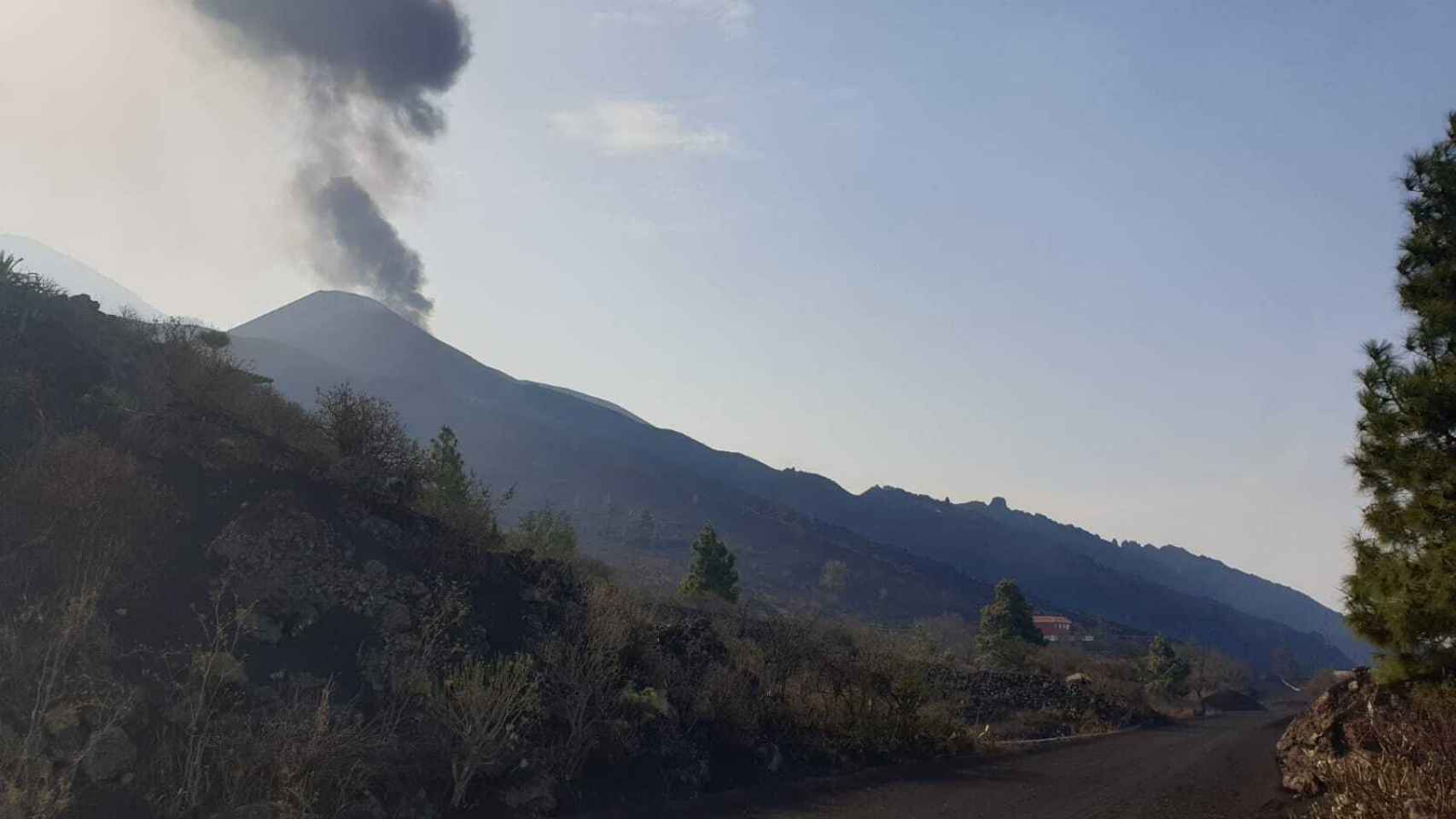Related news
During the morning of this Monday, the activity of the Cumbre Vieja volcano seems to have ceased for the first time in eight days. The tremor (that constant roar coming from underground) has been reduced to a minimum, the pyroclastic explosions have slowed and the lava has stopped flowing. Despite the shortness of the period, as the smoke and lava have reappeared a few hours later, the Pevolca (Canary Islands Volcanic Emergency Plan) handles several scenarios. Among them, the migration of seismic activity to the south of La Palma, where 16 new earthquakes have been registered.
“At the moment we are under observation,” he warns David calvo, spokesperson for the Canary Islands Volcanological Institute (Involcan), but “various scenarios are beginning to be handled and one of them is seismicity [se ha desplazado] to the south, towards the municipality of Fuencaliente“.
This would imply that the magma may be moving to other areas. This is not surprising, since the historically recorded volcanoes on the island extend along a line in a north-south direction from the center of La Palma, with Cumbre Vieja being the northernmost of all.
For now, it is just one of the hypotheses that experts are considering. It is also thought that the momentary cessation of activity is due to an energy recharge process in which magma, “for some reason, has separated into several bags and there is a stage of tranquility until another bag arrives and starts again. “The other possibility that is handled is that of a duct plugging.
Calvo indicates that these stops are common and can last from hours, as has been the case, to several days without implying that the eruption is finished. This variability “is the norm, let no one think that rivers of lava come out until they are over. There are reload stages. “
When will the activity end
The seismologist of the Andalusian Institute of Geophysics Jesus Ibáñez emphasizes it. “We are confusing volcanic time with real time. This is a natural process: two hours in the life of a volcano is nothing.”
Since the eruption of Cumbre Vieja, on September 19, More explosive stages have followed one another with quieter ones, and they will continue to occur until the volcano is extinguished. “It is normal evolution, [el volcán] follow”.
Rosa Mateo, a researcher at the Geographical and Mining Institute of Spain, explains it like this: “There are times when magma has more gases in its composition and the output is more explosive. Other times, what predominates is that it flows more calmly.” Of course, although the seismicity has been reduced “that does not mean that the lava stops”.
These jumps between explosive moments and other quiet ones, without a solution of continuity, They occur in all volcanoes and are characteristic of the Strombolian type, like the one in Cumbre Vieja. “In El Hierro we also experience this variation in activity.”
Mateo emphasizes that the order of these phases cannot be predicted, nor their duration. Therefore, determining when a volcano has ceased its activity is more difficult than it seems. It may take weeks since it stops emitting signals (smoke, ash, lava, tremors) until the eruption is certified to have ended.
Calvo, Involcan spokesperson, expresses himself in the same way. The eruption ends “when the sulfur dioxide is no longer measured, earthquakes go to previous values of one or two a week, the deformation ceases completely … It is a process that takes time, although no activity is seen on the surface, they can happen weeks”.
Follow the topics that interest you
Reference-www.elespanol.com
